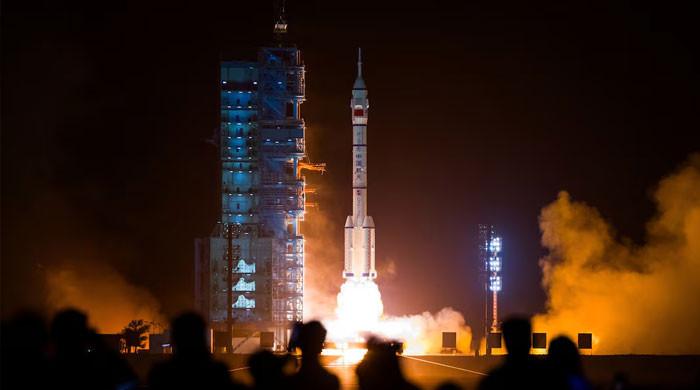Spectacular Orionid meteor shower to peak soon. How to see it?
Nasa says upcoming annual meteor shower is considered one of the most beautiful meteor showers of the year
October 20, 2024

In some great news for stargazers, the National Aeronautics and Space Administration (Nasa) has revealed that the annual Orionid meteors will soon be streaking across the skies once again.
Nasa has advised the stargazing enthusiasts to be on the lookout for streaking meteors and fireballs overnight between Sunday and Monday because that is when the Orionid meteors are expected to peak.
But what is so special about this meteor shower?
According to Axios, it is the latest astronomical event in an active month of skywatching between rare northern lights sightings, the once-in-a-lifetime comet and the brightest supermoon of the year.
Additionally, don't worry if you miss out on this celestial event as this meteor shower is an annual event which occurs at the end of October.
It occurs as the result of the Earth passing through meteoroids left behind by Halley's Comet and is considered one of the most beautiful meteor showers of the year, per Nasa.
The American Meteor Society said that the meteor shower will be active until November 22.
How to watch Orionid meteors?
The best time to view Orionid meteor shower depends how clear the skies are.
"Depending on clear skies, the best time to see Orionid meteors is late night-early mornings on both Sunday and Monday," Nasa said. "They should be viewable after midnight through before dawn on the mornings."
While clear, night skies may help people view the meteors, Nasa warned that the bright moon might make it difficult to see the meteor shower.
Additionally, the space agency Bill Cooke advises stargazers to find an area well away from the city or street lights.
"Come prepared with a blanket. Lie flat on your back and look up, taking in as much of the sky as possible," said Cooke, who leads Nasa's Meteoroid Environment Office in Huntsville, Alabama.
"In less than 30 minutes in the dark, your eyes will adapt and you will begin to see meteors," Cooke added.











